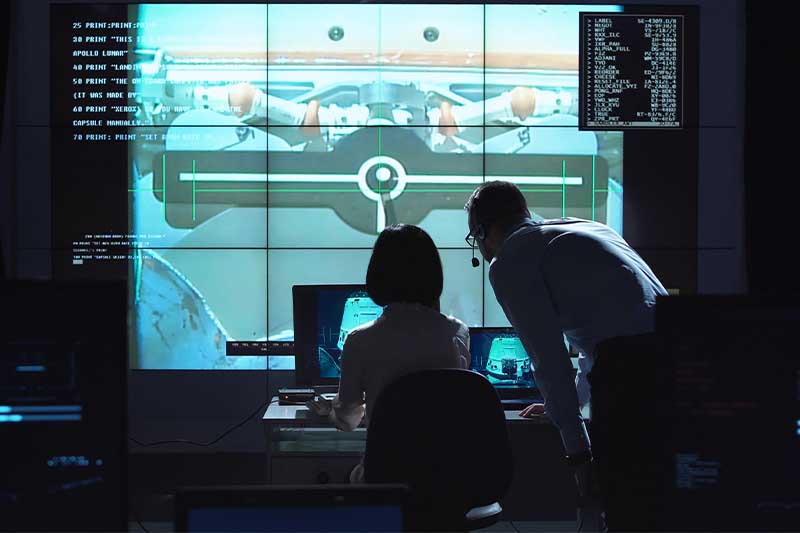
AVCiT delivers professional Air
Traffic Control solution through
proven methodology and
maintenance capabilities. We
integrate leading-edge
technologies such as
Aeronautical Message Handling
System (AMHS) and ATC
systems, and provide 24×7
maintenance services. We help
ensure an airport’s ATC system
meets growing airspace
demand.

AVCiT IP Based KVM Solution has
strong technology expertise in
the field land transportation. It is
compatible with variety of
cutting-edge technologies that
include Geographic Information
Systems (GIS), Features- Based
CAD, Artificial Intelligence (AI),
Document Management
Systems, Workflow and
Webbased applications.

AVCiT offers a total
visualization solution which
allows dynamic content
showing process overview
(grids, pipes, valves), live
video (CCTV cameras, vision
cameras, weather channels),
expertise systems, simulation
and other critical information
on one large overview
display.